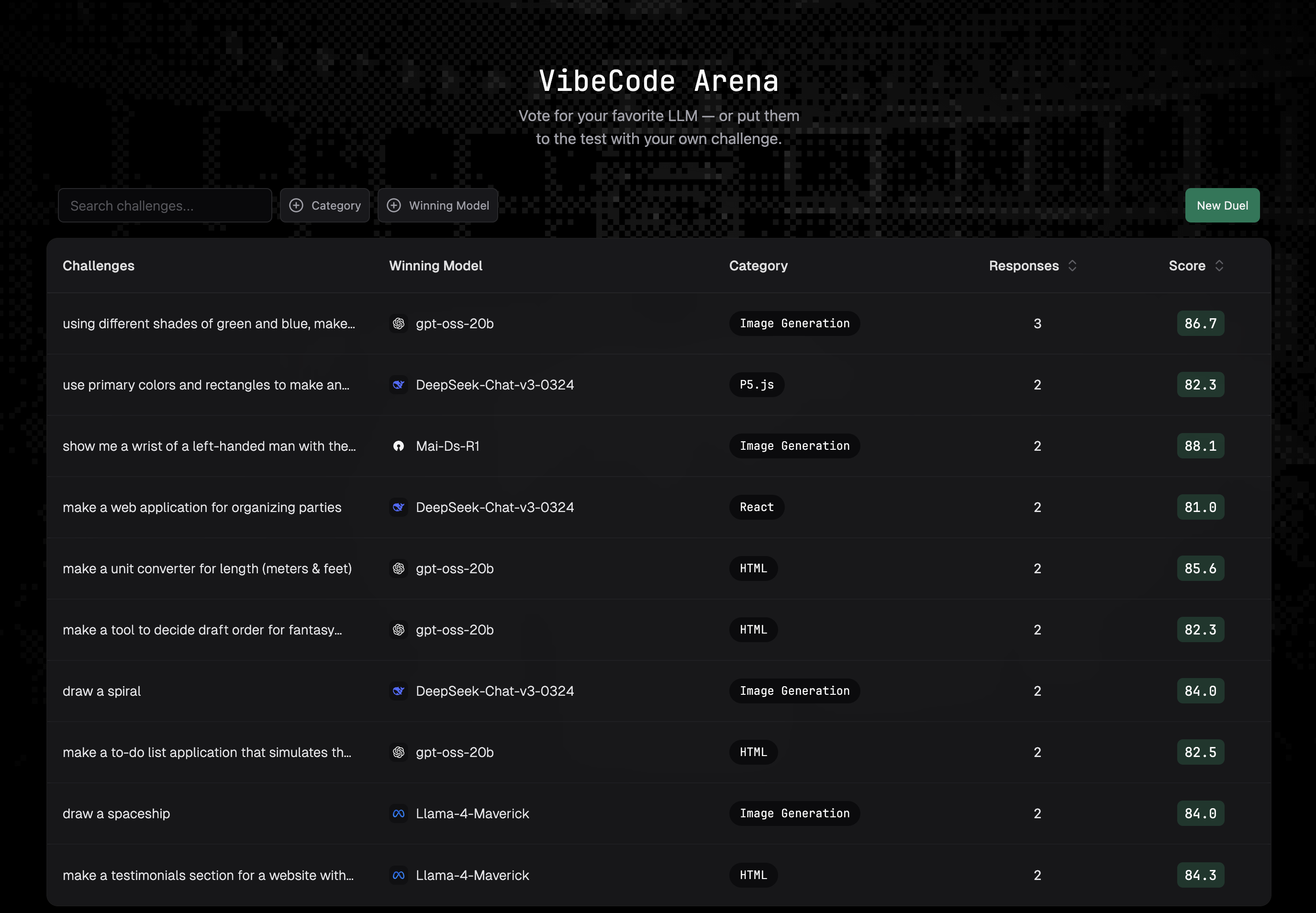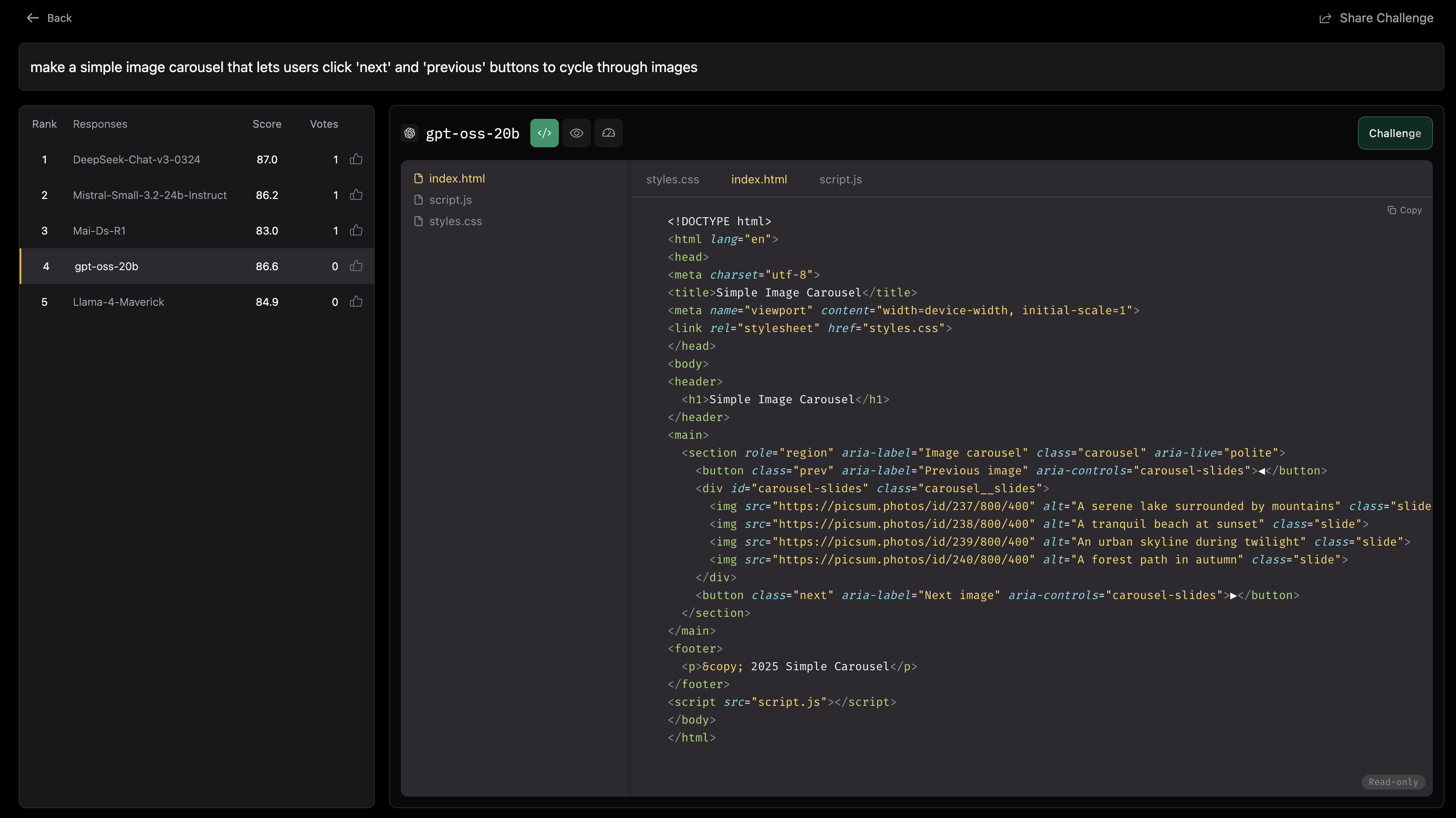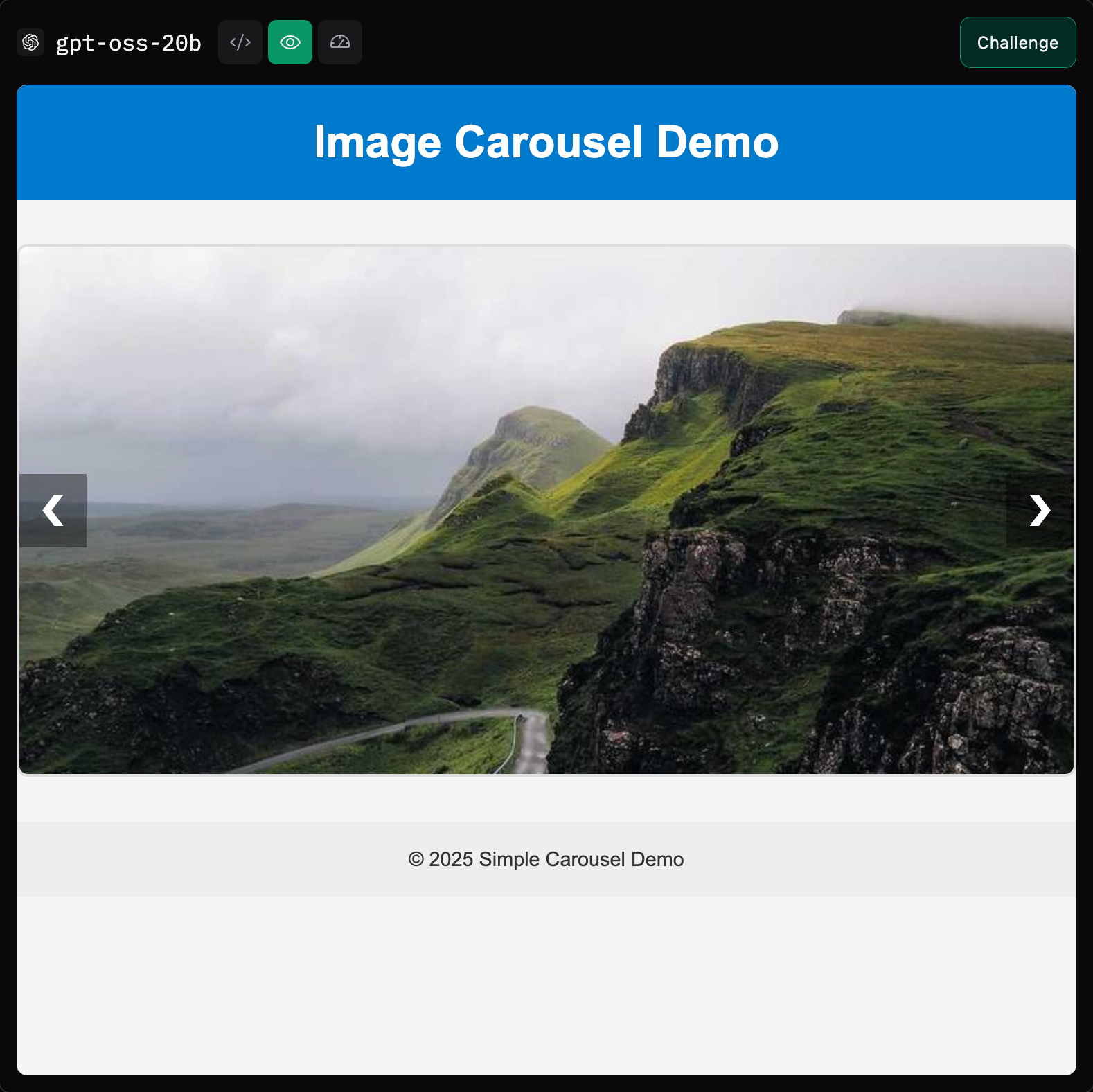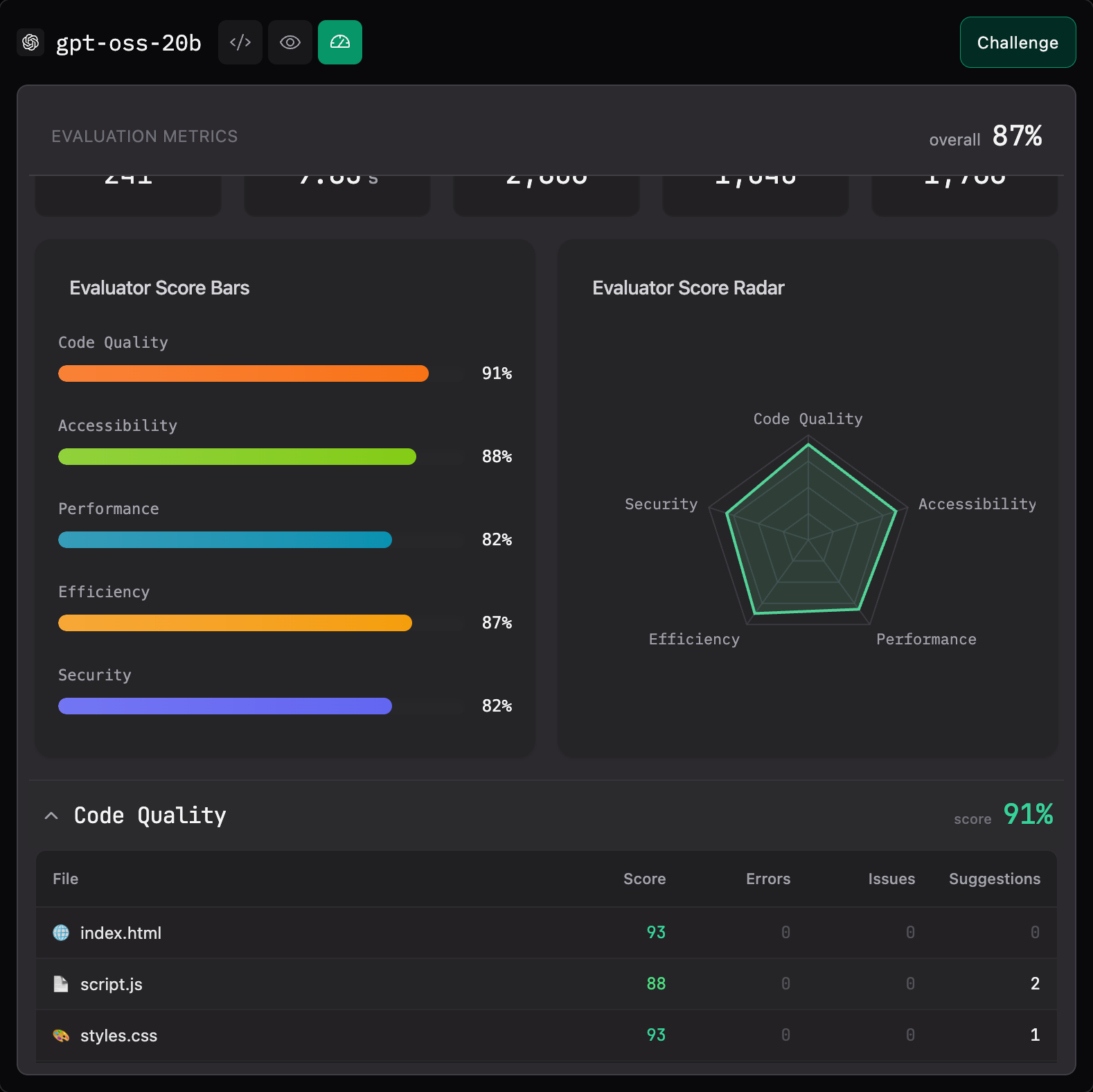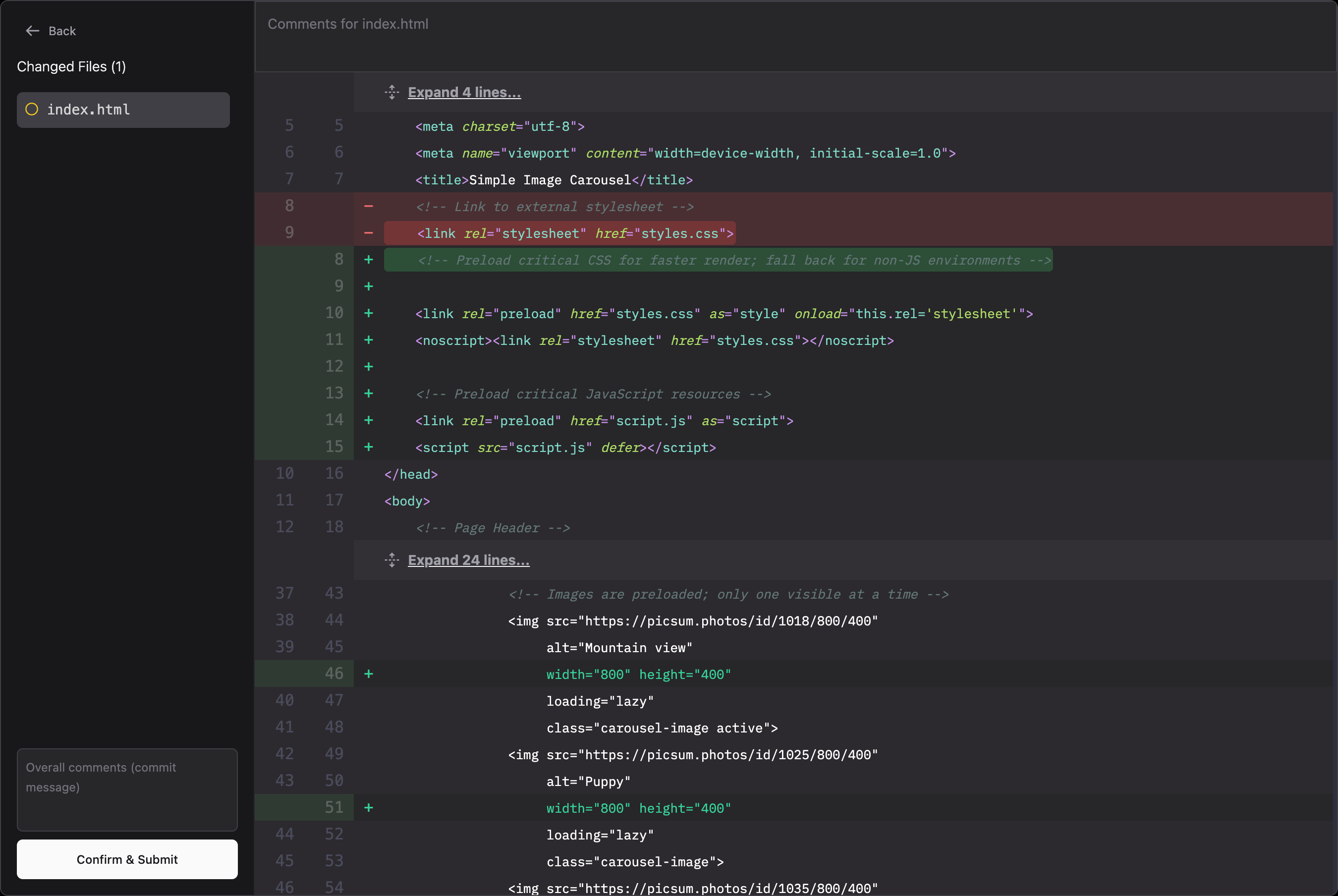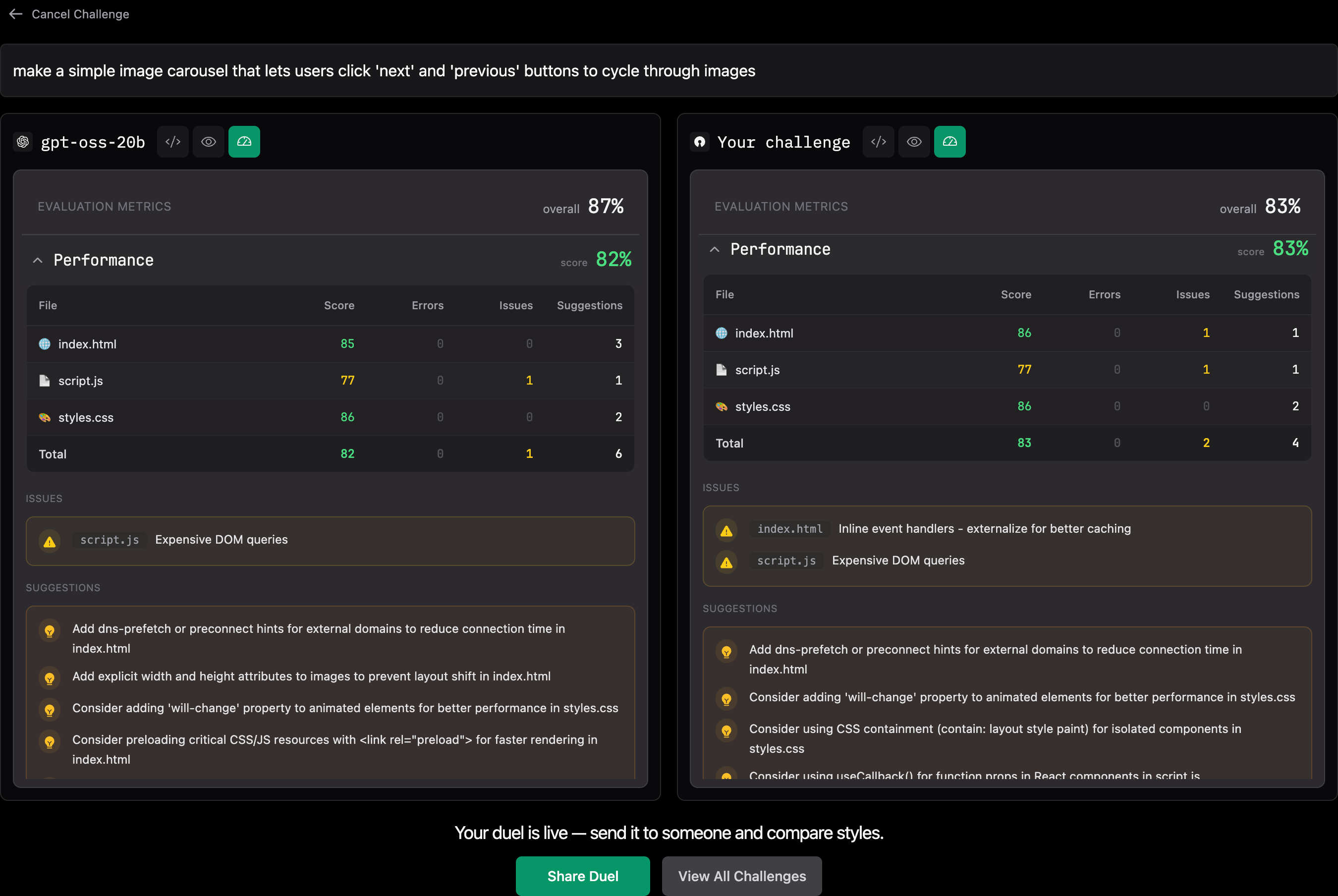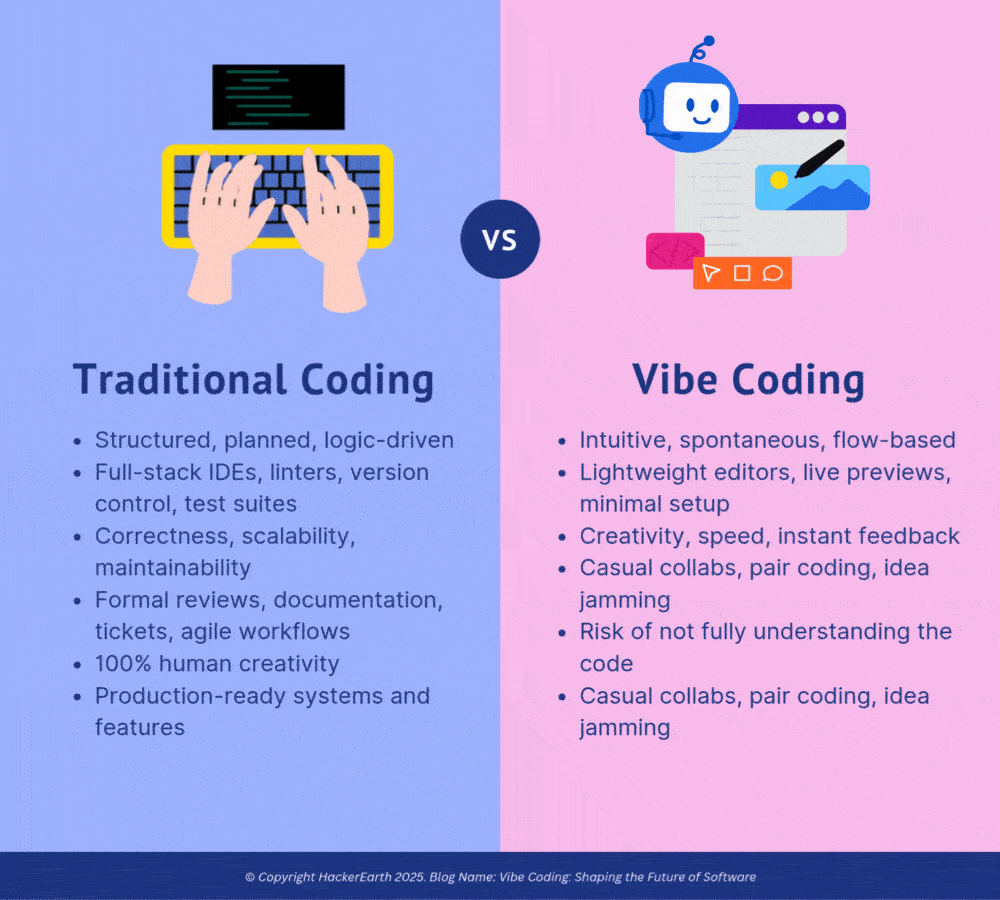In today’s modern world, depending on the conventional ways of recruiting employees is insufficient. Suppose organizations are to remain relevant and attract the best talent. In that case, it is essential that the traditional recruitment method is replaced by a modern and efficient process that incorporates the use of technology in the process, keeps candidates engaged, and adopts modern recruitment strategies. Such strategies are ideal for acquiring talent, reducing complications in the course of human capital acquisition, and ensuring the organization remains at the vanguard in the competitive battle for talent.
In this blog, we’ll explore 10 innovative recruitment techniques and provide actionable insights to enhance your hiring process.
1. Leverage AI-Powered Recruitment Tools
AI is transforming the recruitment industry more quickly and efficiently through the automation of tasks and more insights from the data obtained. AI tools can:
- Consider work experience while screening resumes to determine the most suitable personnel for the job.
- Set up fundamental interactions, including notification messages.
- Today’s workforce is different from the conventional labor force, and therefore advanced analytics can help predict the success of a candidate.
Example in Action:
Google, for instance, employs big data and artificial intelligence to analyze the suitability of applicants for a particular job before advancing them to the following stages of the hiring process.
For a deeper dive into tech-driven tools, explore Tech Recruiting Tools for Smarter Hiring.
2. Build a Robust Employer Brand
Establishing an employer brand has become one of the critical factors in recruitment strategies of the present era. Candidates in the job searching process are interested in identifying organizations with similar values and organizations that offer opportunities for professional growth. Building a powerful brand is a process that requires conscious actions to be taken:
- Boost representation of company culture on social media accounts and career sites.
- Mention success stories and testimonials of your employees.
- Emphasize the company’s programs on corporate social responsibility (CSR).
3. Emphasize Candidate Experience
Many factors can affect the overall success of a recruitment plan, one of which is the candidate’s perception of their communication with the company or organization. Still, it would be beneficial to provide only positive and seamless interaction at different moments of the hiring process to predetermine a favorable experience.
- Explain the employment openings and the process of applying for the positions.
- To check on the candidate and make sure that there is continuous contact in the process of hiring this candidate.
- Modifying the application forms so that they may be manageable to the applicants.
Pro Tip: Use the online statuses that will allow the candidates to track the stages of the application in real time.
4. Tap Into Passive Talent
Many highly skilled and talented workers are not actively hunting for work but would consider opportunities. Recruiting passive talents for participation in the following ways:
- Targeted messaging connection requests on LinkedIn.
- Conferences and business-related forums or groups.
- Headhunting techniques.
Learn more about building a pipeline for passive talent in Recruitment Trends to Watch in 2024.
5. Host Virtual Hiring Events
In the modern era, virtual hiring events are one of the most valuable tools used in the process of modern recruitment strategies because they allow organizations to attract the attention of applicants from all over the world. It is beneficial for both parties since it saves time and money that would be spent on advertising and promoting the job offer among interested candidates. Include:
- Recorded presentations by senior managers providing insights on organizational climate.
- Online seminars where company managers or representatives talk about organizational climate
- A question-and-answer planner will be used to communicate with the participants in real time.
6. Integrate Gamification
The gamification aspect introduces fun while, at the same time, assessing the qualifications of the candidates. It is beneficial for evaluating the decision-making skills and originality of the candidate. Examples of gamified recruitment include:
- Programming aptitude tests for software engineering positions.
- Virtual escape rooms are a test of group processes and problem-solving ability.
- Leaderboards to help engage people through a competition where all the people attending the session will get to compete with others.
7. Focus on Skills-Based Hiring
With the current stiff competition in job markets and given the growth of new professions, it is clear that organizations are shifting their focus from degree to skill. One of the most helpful modern recruitment strategies is skills-based hiring, which is one of the key strategies. Tactics include:
- Ability tests developed for targeted positions.
- Role enacting involves a portrayal of realistic work situations.
- The ability to organize and analyze soft skills, including the power of speech and the ability to adapt.
Explore practical skills assessment strategies in Tech Recruiting Strategies to Build Winning Teams.
8. Utilize Employee Referrals
The referral of candidates by the employees of an organization is estimated to be one of the most reliable sources for getting new employees. Referred candidates:
- Often respond better to change initiatives aligned with company culture.
- They tend to stay longer in an organization than employees recruited through external sources.
Offer rewards to the referrers such as bonuses or gift cards in order to motivate the employees to recommend successful candidates.
9. Implement Diversity and Inclusion Initiatives
Forcing diversity in the workforce enlarges the spread of ideas and results in more effective decisions. Here the goal is to give an idea of how one can enhance diversity in their recruitment process:
- Utilize blind resume screening since it prevents one from making biases.
- Collaborate with such organizations as supporters of the underrepresented population.
- Create diverse descriptions of the jobs available to attract a diversity of individuals.
10. Leverage Data-Driven Recruitment
Data analytics has become a key driver of modern recruitment strategies that define how companies seek and select candidates. Use data to:
- Monitor relevant factors like time taken to hire and expenses involved.
- Understand the flow and determination of key obstacles in the recruitment process.
Forecast the workforce’s demand for future employment.
Case Study: To support talent acquisition, Amazon leverages data analytics to increase the functionality of job descriptions and decrease time-to-fill across functional areas.
Case Studies: Success Stories in Modern Recruitment
Case Study 1: Accenture’s Gamified Hiring
Challenge: Accenture had to find people with creative minds for the innovation studios
Solution: Innovative cases involved using game-based problem-solving puzzles to test the candidates regarding their innovation and collaboration abilities.
Outcome: Accenture gained increased hiring efficiency by 20% not just that, but also improved candidate engagement.
Case Study 2: Unilever’s AI Integration
Challenge: Moreover, the case analysis indicates that Unilever sought to enhance the recruitment process and reduce preemployment differential.
Solution: AI was integrated into resume screening as well as virtual interviewing with the help of bots in the organization.
Outcome: It reduced the time taken in hiring by 30% and practically eliminated bias in the hiring process.
Best Practices for Implementing Modern Recruitment Strategies
It is necessary to follow these tips and recommendations to enhance the efficacy of the mentioned measures.:
Start with Clear Objectives
Identify what you want for the outcomes; it could be to reduce the time taken in hiring, improve diversity, or increase the retention rate.
Invest in Training
Make sure those managers involved in hiring are familiar with the implementation of such tools and techniques.
Monitor and Adapt
Monitor recruitment statistics to evaluate what strategies are helpful and which areas require alteration.
Future Trends in Recruitment
Some of the changes to look out for as the hiring process continues to change are:
- AI-Powered Onboarding: Employ AI in the process of onboarding by making it employee-specific.
- Focus on Sustainability: Emphasis should be placed on the working procedures with consideration to environmental consciousness for the achievement of applicants conversant with environmentalism.
- Flexible Work Options: Encourage a remote and hybrid work schedule so that the employer can reach a larger pool of candidates.
Conclusion
Modern recruitment strategies are crucial in the current employment landscape, and this report focuses on the matter. If business leaders embrace technology, operate from a skills-based perspective, and optimize the candidate experience, they will attract the best workers and develop standout teams.
Recruitment is essential in current employment systems, and this is the subject that this report addresses in modern recruitment strategies. When executives accept the developments and work skill-based, potential candidates will choose a company, thus creating great teams.
Ready to revolutionize your hiring process? Visit HackerEarth’s Official Website to explore innovative tools and strategies for modern recruitment.








